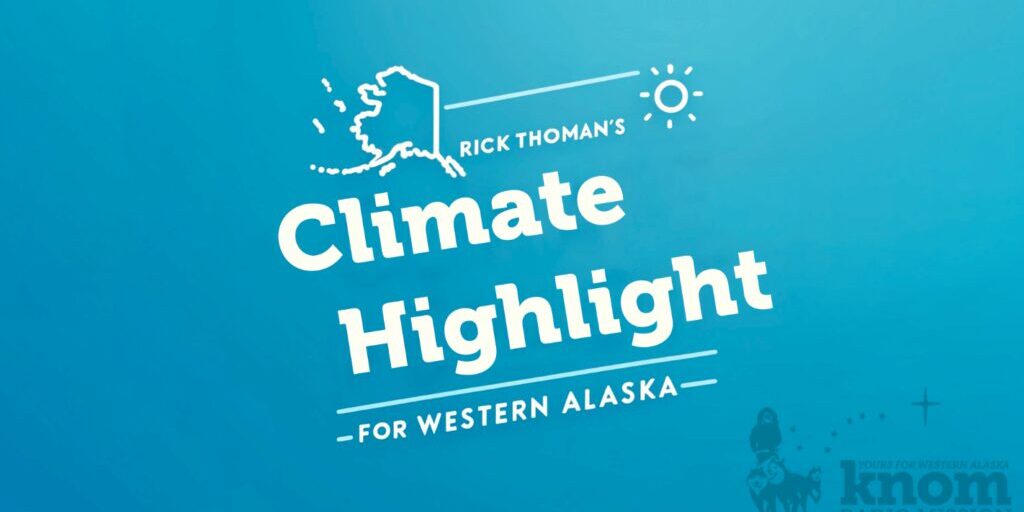The following is a transcript from Rick Thoman’s weekly “Climate Highlight for Western Alaska” provided to KNOM Radio. Thoman is a Climate Specialist with the Alaska Center for Climate Assessment and Policy at the University of Alaska Fairbanks.
NOAA Climate Prediction Center’s outlook for July favors below normal temperatures for the month as a whole and above normal rainfall, an outlook driven in part by below normal sea surface temperatures in the northern and eastern Bering Sea.
For reference, the average July temperature in Nome is 52 degrees. Over the past 117 years July temperatures have ranged from 86 most recently in 1977, to a low of 28 in 1924 and 1934. Subfreezing temperatures are uncommon on the coast in July, the last occurrence at Nome airport was in 2011.
July also brings a significant increase in rainfall and marks the start of the July through September late summer rainy season in western Alaska. At Nome the normal July rainfall of 2.4 inches is more than twice the June average, and that’s the largest month to month change in the year.
While July 2021, 2022 and 2023 all had above normal rainfall, July 2020 had barely half of normal and is the lowest July total so far in the 21st century.
In contrast, July 2021 and 2012 had the two highest July rainfalls in the past 100 years.




